|
When planning a walk it is very easy to fall into the trap of selecting a particular mountain days or weeks in advance and then just going with it, even though the conditions on the day are terrible. In this blog post we will take you through the steps to follow when planning your next walk. What is the weather forecast? You probably already have a rough area in mind, or a limit on how far you are willing to drive. So what is the weather going to be doing in that area? Firstly, you need to find the correct weather forecast - the weather on the mountain summits is very different to down in the towns. There are a lot of options so have a look at as many as you can. The forecasts will vary slightly from one another but by looking at all of them you will get a good idea of what is likely to happen. Here are a few that we use regularly:
The weather can vary greatly in different parts of the country so, if you are fortunate enough to live in the middle of Scotland, then you could go east or west to find better weather. The prevailing weather comes from the south west so when it is raining and snowing on the west coast you may well find sunshine in the Cairngorms (and vice versa if the weather is coming from the east). If you don't have that option and the weather is not ideal then you can pick a mountain that offers you some shelter for much of the day meaning you only have to be out in the wind and snow while you quickly tag the summit. Or do you need to go to a summit at all? It is possible to have a nice day out in the mountains without going to a summit. If you're desperate for a summit remember there are a lot of lovely smaller hills and mountains around. It's not all about bagging the Munros! You should also think about the terrain that you will be on during your walk. If high winds are forecast or a particularly gusty wind then an exposed ridge is not going to be a good place to be. Sticking to broader, open slopes is a safer option for windy days. It is also worth thinking about which direction you do your walk. Will you be walking into the wind or with the wind when you are heading back to the car with tired legs? Is the weather going to improve or deteriorate through the day? If you are going onto a narrow ridge will it be better earlier or later in the day? Should you get an early start or would you be better off waiting for the weather to clear up a little before setting off? There are lot of things to consider with the weather but with a bit of practice you can select routes that are appropriate for the weather, and still have a pleasant walk on some fairly wild days. What is the avalanche forecast? Here in Scotland we are incredibly fortunate to have daily avalanche forecasts for six different areas of the country. These are provided by the Scottish Avalanche Information Service (SAIS) and the areas covered are Glencoe, Lochaber, Creag Meagaidh, Northern Cairngorms, Southern Cairngorms and Torridon. If you know you are going out at the weekend start reading the avalanche forecasts during the week so by the time it gets to the day of your walk you have a good idea about what is going on within the snow pack. So what are the key bits of information you need when you are planning your walk? There's a lot more about How to Read an Avalanche Forecast in our blog here. Firstly, READ THE TEXT! This will give you a lot more information than just looking at the diagram. So what is the avalanche hazard on different slope aspects (the direction the slope faces)? What is the altitude of the avalanche hazard and where does it change? What are the hazards? How will the hazard level change through the day? Once you have all the information you will know which slopes you don't want to be on or under (even if the ground you are on is not going to avalanche it might be at risk of avalanche from above) and you can think about your safe options. With the prevailing wind coming from the south-west, quite often (but not always!) south, south-west and west facing slopes will be wind scoured and have a lower avalanche hazard. In a south-westerly wind the snow will be picked up and transported to north, north-east and east facing slopes, increasing the hazard level here. But this doesn't rule out every single slope that faces north, north-east and east. Look at the altitude of the avalanche hazard and perhaps you can stay below it. And remember that avalanches are most likely to occur on a slope angle between 30 and 45 degrees. Before you send your brain into meltdown trying to count contour lines and work out the gradient, check out FATMAP. This is a fantastic and free tool that, with the use of the gradient layer, allows you to quickly see how steep the terrain is and which slopes you should be avoiding. By staying on slopes that are less than 30 degrees you will greatly reduce your chance of being caught in an avalanche. Look closely at the terrain you will be on or under. Coires, or bowls, tend to collect a lot of snow so not only will it be really hard work to plough through a coire filled with fresh snow, but the avalanche hazard is likely to be higher. On the other hand, ridges stick up into the wind and get a lot of the snow blown off them, usually making them a safer option. As with the weather there is a lot to know about snow and avalanches. If in doubt stick to wind scoured slopes, keep the slope angle down and remember that "ridges are bridges". If you want to learn more you can delve into the vast amount of information on the SAIS website or book yourself onto an Avalanche Awareness or Winter Skills course. You'll be amazed at what you'll learn about snow! What about you?
You have read the weather and avalanche forecasts, but what about you and anyone who is joining you on your walk? It would be silly to plan a long day with lots of steep, technical terrain if you are just getting over a cold and your friend has never used crampons and an ice axe before. Think about the group's ability and experience level and make sure you plan something that is suitable for every member. Are you confident and comfortable using crampons and an ice axe on steep ground? Can you navigate in a whiteout using a map and compass? Do you have enough warm and waterproof clothing for the conditions? Are you feeling physically and mentally up to the route that you have planned? What do you want to get out of the day? It is really important to be flexible in winter and maybe have plans B, C, D etc to fall back on. The weather might not be as forecast, you may have woken up feeling unwell or perhaps the snow has been transported to unexpected places. Remember that there is no shame in turning around and the summits will always be there on another day.
0 Comments
Your comment will be posted after it is approved.
Leave a Reply. |
AuthorMike Pescod Self reliance is a fundamental principle of mountaineering. By participating we accept this and take responsibility for the decisions we make. These blog posts and conditions reports are intended to help you make good decisions. They do not remove the need for you to make your own judgements when out in the hills.
Archives
March 2024
|
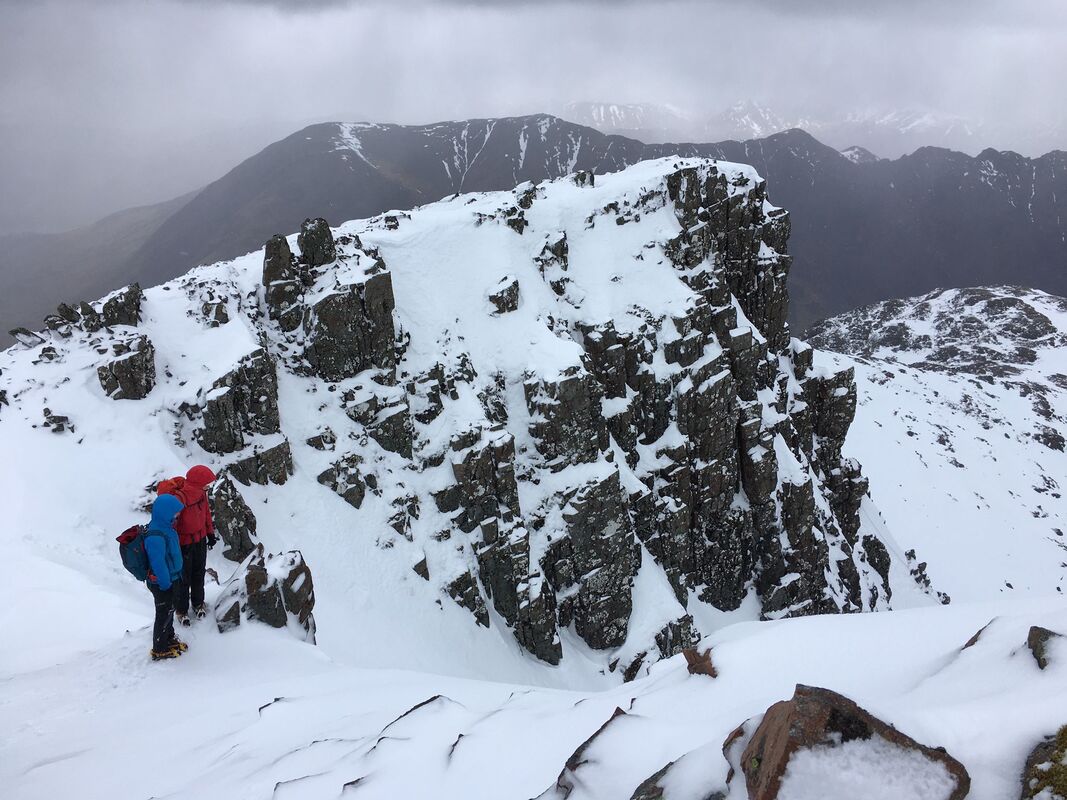
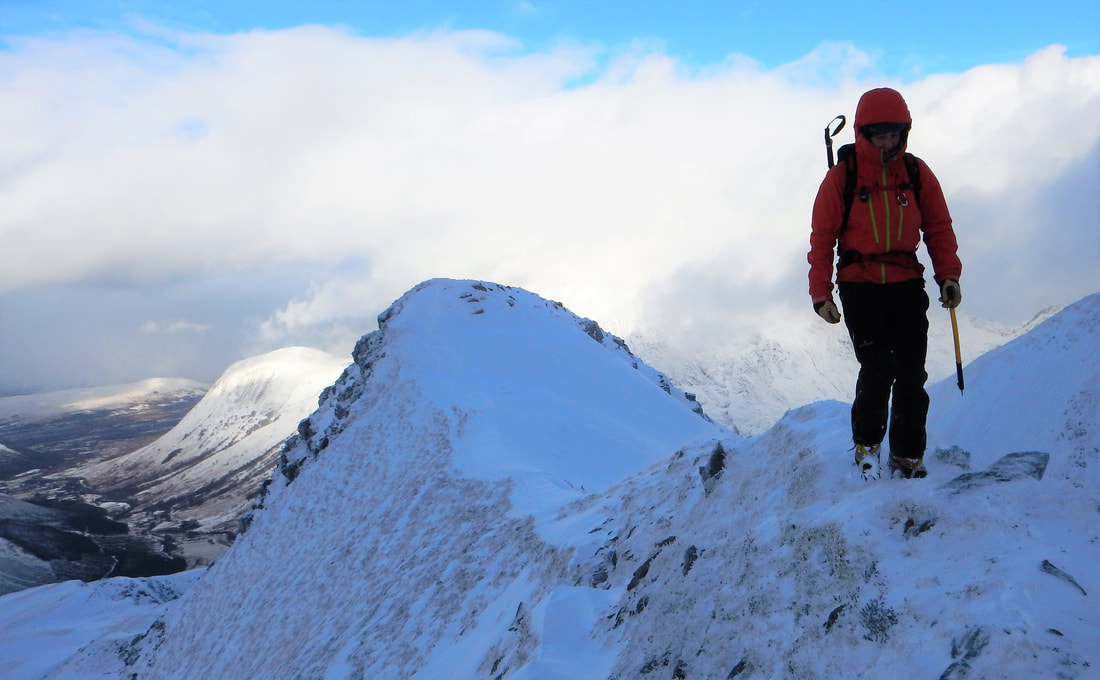
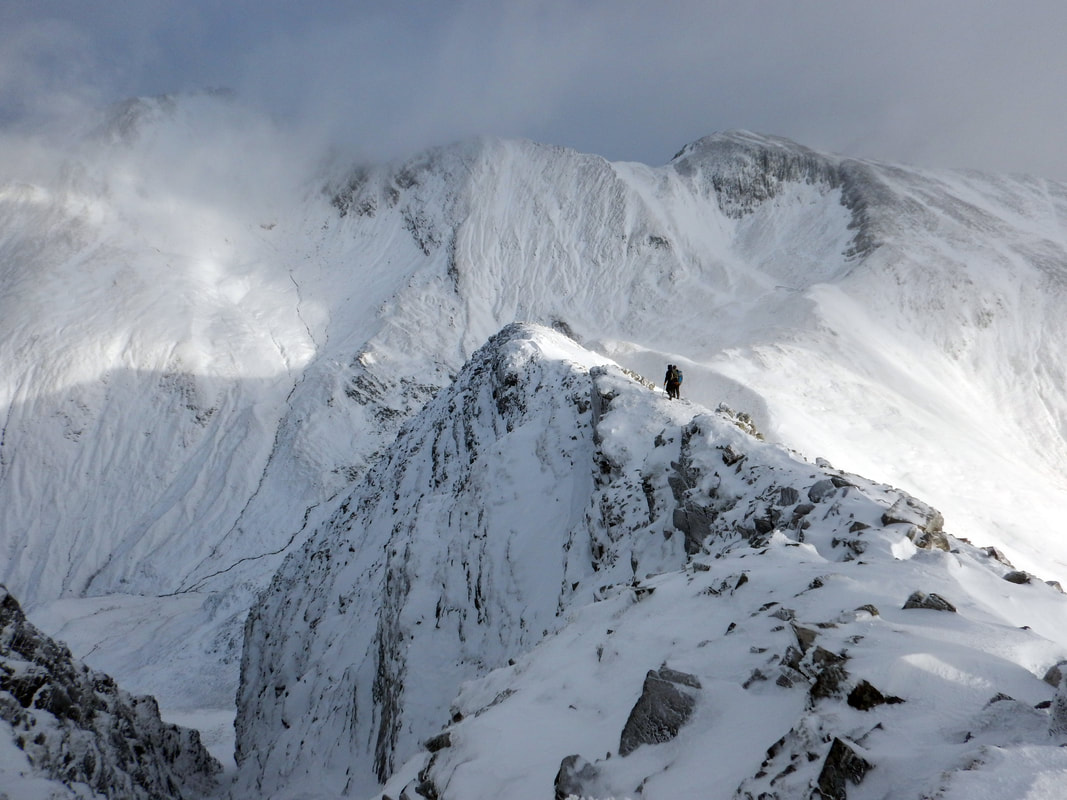
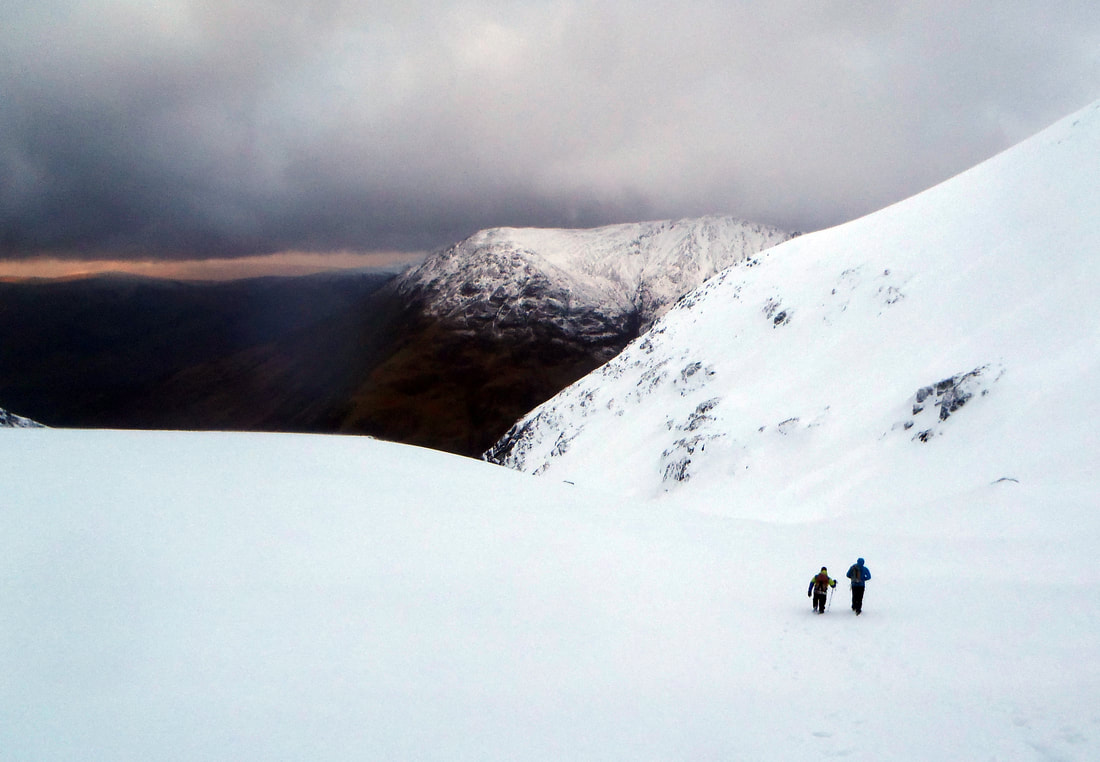
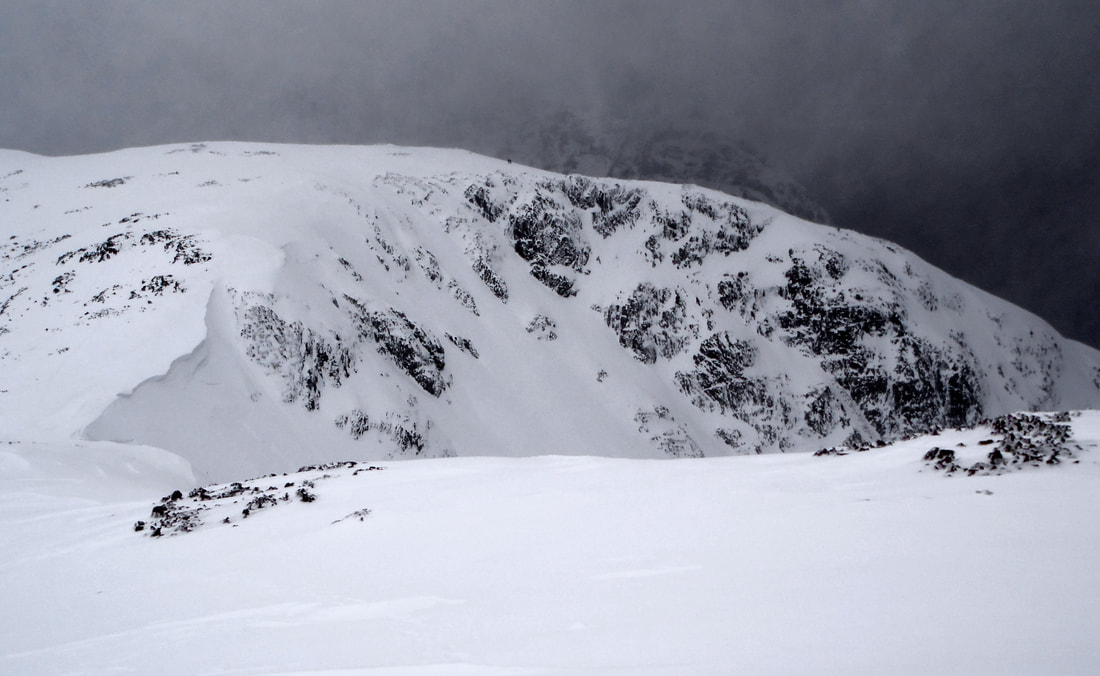
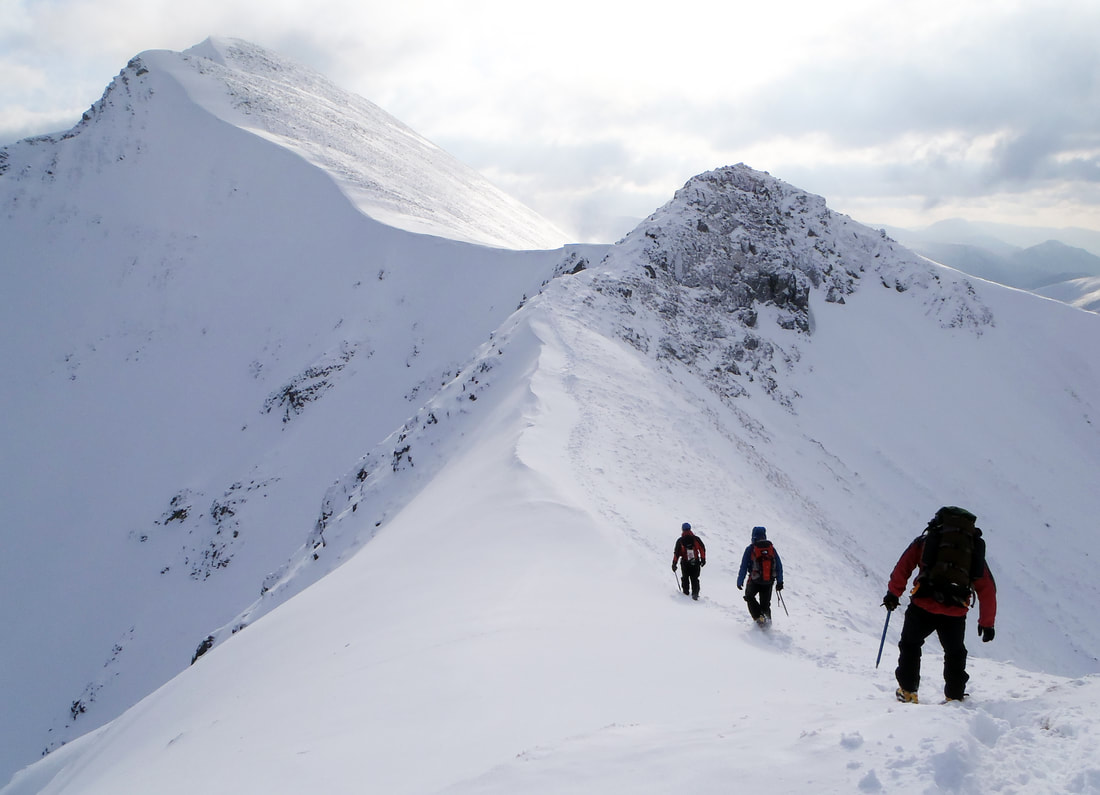
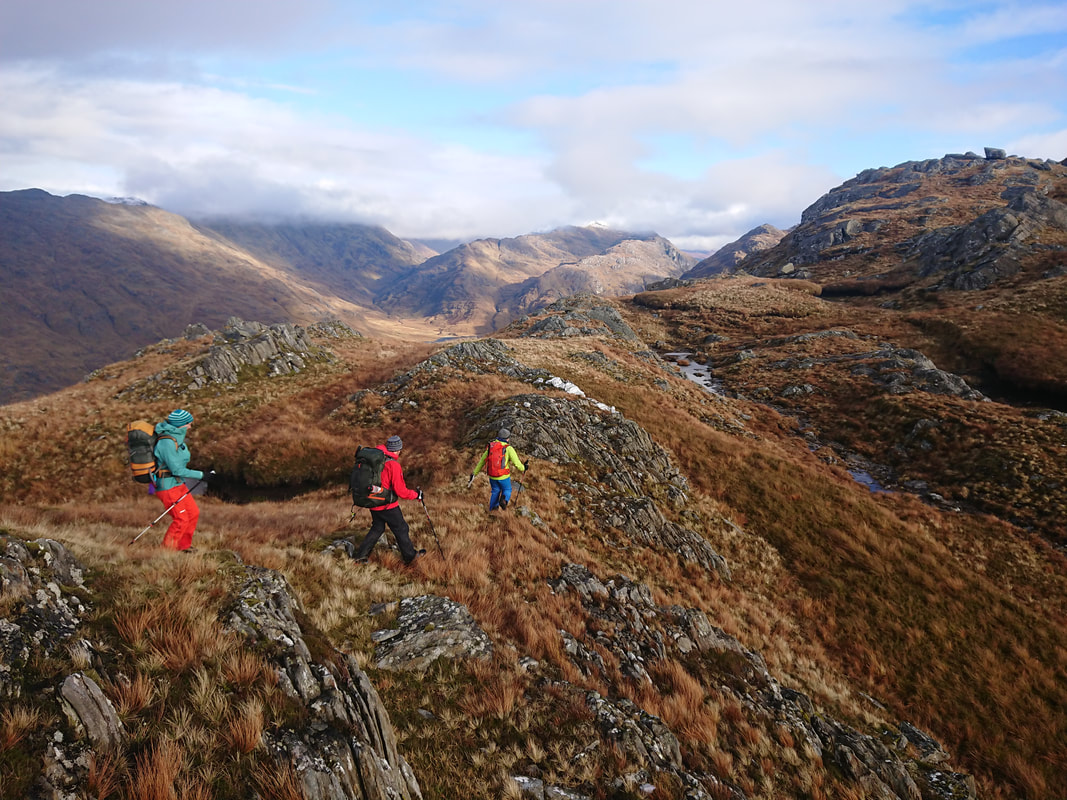
 RSS Feed
RSS Feed
